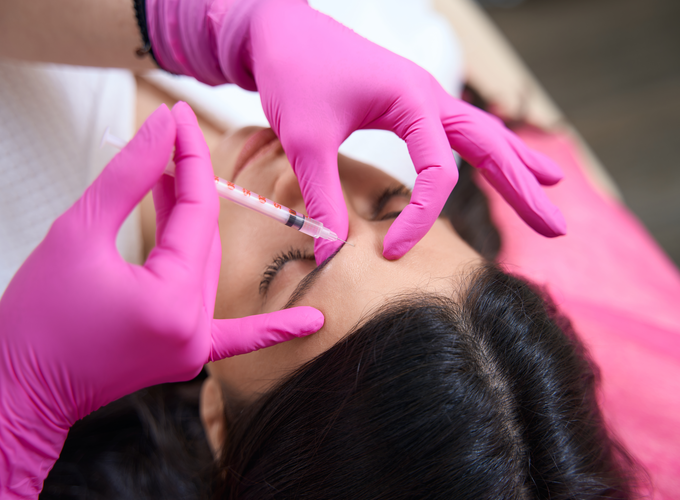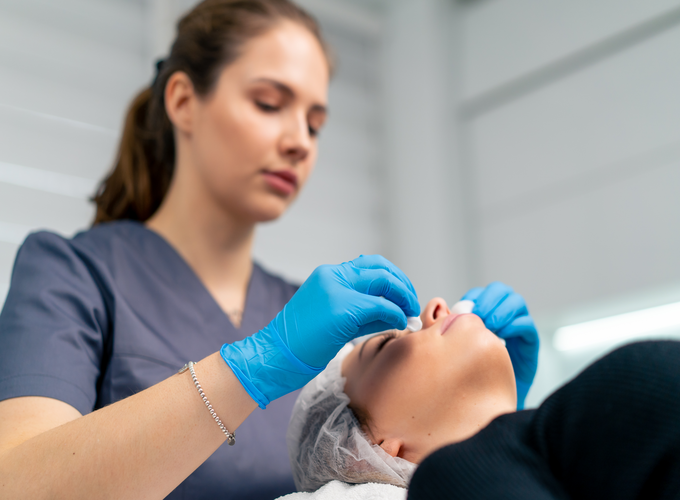Exploring non-surgical lifting can be a game-changer for those seeking a more youthful appearance without going under the knife. In this blog, we’ll dive into the amazing benefits of these procedures, how they work, and why they’re becoming so popular.

What is Non-Surgical Lifting?
Non-surgical lifting is a revolutionary approach to facial rejuvenation that bypasses the need for invasive surgery. These procedures are designed to lift and tighten the skin without the extensive recovery time associated with traditional facelifts. While surgical options require incisions and anesthesia, non-surgical alternatives use innovative technologies to stimulate collagen and improve skin elasticity, offering a more natural enhancement.
The magic behind non-surgical lifting lies in its ability to leverage the body’s own healing processes. Techniques such as ultrasound, radiofrequency, and laser treatments penetrate deep into the skin layers, encouraging the production of collagen – the protein responsible for skin firmness and elasticity. This not only results in a youthful appearance but also ensures that the changes are gradual and subtle, maintaining a natural look.
Because it skips surgical risks and long recovery periods, non-surgical lifting appeals to those wanting a quick turnaround with noticeable results. This approach is perfect for anyone looking to combat the signs of aging without the interruption that surgery can often bring to daily life.
Key Benefits of Non-Surgical Lifting
Non-surgical lifting comes with a host of advantages that make it an attractive option for many. The foremost benefit is the minimal recovery time. Unlike conventional surgery, which might require weeks of downtime, most non-surgical procedures offer quick recovery, allowing you to return to daily activities almost immediately.
Another compelling benefit is the lower risk factor. Since these methods do not involve cuts or stitches, the risk of infection or scarring is significantly reduced. Patients enjoy peace of mind knowing the procedures are safer, yet effective.
Additionally, the natural-looking results ensure that enhancements are subtle. You won’t look like someone else; rather, a fresher version of yourself. This is key for those who wish to maintain their unique features while erasing years off their appearance.
Common Non-Surgical Lifting Techniques
When it comes to non-surgical lifting, there’s a plethora of techniques to choose from, each catering to specific needs and preferences. One popular method is ultrasound therapy, commonly known as Ultherapy. This technique uses ultrasonic waves to penetrate deep into the skin, stimulating collagen production and providing a lift to sagging areas.
Radiofrequency treatments, another favorite, use energy waves to heat the deep layers of skin. This heat prompts collagen restructuring, making it ideal for tightening loose or sagging skin without any downtime.
Thread lifts, which involve inserting temporary threads under the skin, act as a supportive structure to lift tissues. These threads encourage collagen production over time, offering a dual benefit of immediate lift and prolonged skin rejuvenation.
Each of these methods offers unique benefits and can often be combined for an even more comprehensive effect, allowing for highly personalized treatment plans.
Who Can Benefit from Non-Surgical Lifting?
Non-surgical lifting is suitable for a wide range of individuals. However, those who are looking to address mild to moderate signs of aging are the ideal candidates. This includes anyone experiencing wrinkles, fine lines, and skin laxity who wishes to avoid the rigors of surgery.
It’s also perfect for individuals who have already undergone traditional surgical procedures but seek to maintain or enhance their results. Additionally, those with busy lifestyles who can’t afford extended recovery times find these quick and effective treatments highly beneficial.
What to Expect During the Procedure
Before embarking on your non-surgical lifting journey, you’ll start with a comprehensive consultation. This allows the aesthetic professional to understand your goals and skin type, customizing a treatment plan just for you.
During the actual procedure, expect a comfortable experience. Most techniques involve minimal discomfort, and patient feedback often describes sensations like gentle warming or tingling. Sessions typically last less than an hour.
Post-procedure, you might notice slight redness or swelling, which generally subsides quickly. Many return to their daily activities immediately, equipped with guidance from the practitioner on how to ensure optimal recovery and results.
Aftercare and Maintenance
Maintaining your results after a non-surgical lifting procedure is straightforward. Your practitioner will likely advise on skincare routines encompassing hydrating products and sunscreen to protect your rejuvenated skin.
Regular follow-up sessions may be recommended to prolong the effects of the treatment. These help to reinforce the skin’s lift and prevent future signs of aging.
Healthy lifestyle choices, such as a balanced diet and adequate hydration, also play a crucial role in sustaining your results. By combining these habits with professional guidance, your skin can remain firm, vibrant, and youthful.
Discover the Benefits of Non-Surgical Lifting
Non-surgical lifting offers an incredible opportunity to enhance your appearance with minimal risk and downtime. Whether it’s smoothening wrinkles or enhancing facial contours, the benefits are multifaceted and appealing. Consulting with your qualified aesthetic professionals at Spa in the City can help you achieve the results you desire safely and effectively.
The post What Are the Benefits of Non-Surgical Lifting? appeared first on Spa in the City.
source https://spainthecitydallas.com/non-surgical-lifting-benefits/






